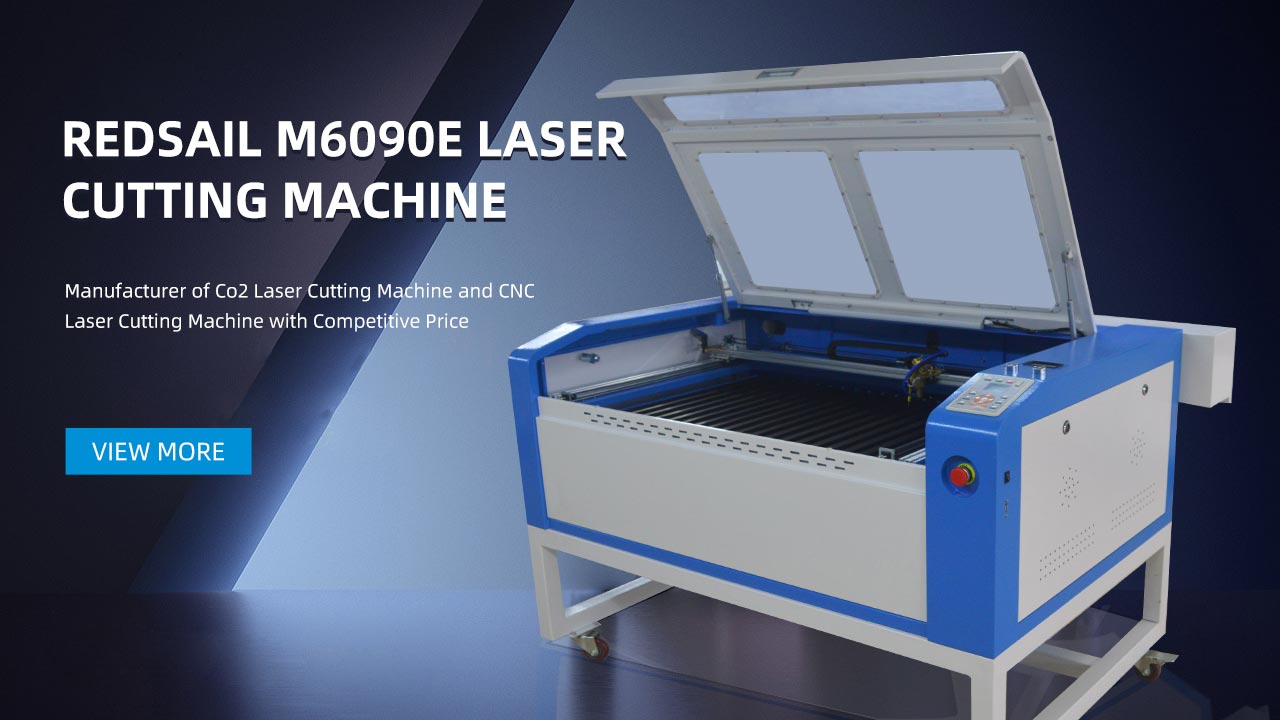Can a Diode Laser Cut Acrylic?
Introduction
Acrylic, also known as Plexiglas or PMMA, is a durable and versatile material used in numerous applications, including signage, display cases, and automotive components. Traditionally, cutting acrylic involved using techniques such as sawing, routing, or milling. However, with the introduction of laser technology, people have started to wonder whether diode lasers can cut acrylic. In this article, we will explore the possibility of using diode lasers for acrylic cutting and examine their advantages and limitations.
I. Understanding Diode Lasers
A. What is a Diode Laser?
A diode laser is a semiconductor laser that emits coherent light through the process of stimulated emission. It employs a p-n diode junction as its laser medium, unlike other types of lasers that use gas or solid-state mediums. Diode lasers are compact, efficient, and cost-effective, making them popular in various applications.
B. How does a Diode Laser Work?
Diode lasers work by injecting electrical current into the diode junction. As the current passes through the junction, it excites the electrons, leading to photon emission. These photons bounce back and forth between the diode’s mirrored ends, accumulating energy until they reach a critical threshold for lasing. The coherent light is then emitted through one of the mirrors, resulting in a highly focused and intense laser beam.
II. Diode Lasers and Acrylic Cutting
A. Can Diode Lasers Cut Acrylic?
Yes, diode lasers can effectively cut acrylic with precision and quality results. The high power density and focused beam of diode lasers allow for efficient material removal. However, it is important to consider the power level and wavelength suitable for cutting acrylic.
B. What Power Level is Needed for Acrylic Cutting?
Acrylic cutting requires diode lasers with sufficient power levels. While lower power diode lasers can engrave acrylic, higher power levels are necessary for cutting. Generally, diode lasers with power levels ranging from 50W to 150W are recommended for acrylic cutting applications.
C. What Wavelength is Ideal for Acrylic Cutting?
The wavelength of the diode laser also plays a crucial role in acrylic cutting. Acrylic efficiently absorbs light in the near-infrared spectrum, particularly around 10.6 micrometers. Carbon dioxide (CO₂) lasers, commonly used in industrial applications, emit light at this wavelength and are highly effective at cutting acrylic. Diode lasers with similar wavelengths, such as those around 10.2 micrometers, can also yield satisfactory results.
III. Advantages of Diode Lasers for Acrylic Cutting
A. Speed and Efficiency
Diode lasers offer high cutting speeds, enabling efficient production processes. They can swiftly traverse through acrylic, reducing overall project completion time. Their focused laser beam ensures precise cutting, minimizing material wastage.
B. Compact Size
Diode lasers are compact and lightweight compared to other types of lasers. Their size allows for easy integration into various systems, making them suitable for desktop or portable laser cutting setups.
C. Cost-Effectiveness
Compared to other laser types, diode lasers are relatively affordable. Their efficient energy usage and extended diode lifespan contribute to cost-effectiveness, making them suitable for small businesses or DIY enthusiasts.
IV. Limitations and Considerations
A. Thickness Limitations
While diode lasers can effectively cut acrylic, their thickness limitations should be considered. Thicker acrylic sheets may require multiple passes or higher power levels to achieve satisfactory results. It is essential to choose an appropriate diode laser power based on the desired cutting thickness.
B. Edges and Thermal Effects
Diode lasers can sometimes produce slightly melted edges due to thermal effects. This phenomenon can be minimized by adjusting laser power and speed settings. Additionally, post-processing techniques like flame polishing or sanding can be employed to obtain smooth and polished edges.
C. Other Materials
While diode lasers excel at cutting acrylic, they may not be as effective for certain materials. For instance, metals and other heat-conductive materials may absorb laser energy, leading to limited cutting capabilities. It is crucial to choose the right laser technology for each material.
FAQs (Frequently Asked Questions)
1. Can a diode laser cut other materials besides acrylic?
– Diode lasers can be used for cutting a wide range of materials, including wood, paper, cardboard, and some types of plastics. However, their effectiveness may vary depending on the material’s properties.
2. What safety precautions should be taken when using diode lasers for acrylic cutting?
– Proper eye protection, such as laser safety goggles, should be worn to shield against laser radiation. Adequate ventilation and exhaust systems should also be in place to prevent the accumulation of harmful fumes from acrylic cutting.
3. Can diode lasers engrave acrylic as well?
– Yes, diode lasers can engrave acrylic with exceptional precision. The focused laser beam allows for intricate designs and fine details to be etched onto the surface.
Conclusion
Diode lasers can indeed cut acrylic efficiently, delivering precise and high-quality results. With their speed, compact size, and cost-effectiveness, these lasers have become a popular choice for acrylic cutting applications. However, it is important to consider the power level, wavelength, and thickness limitations when choosing a diode laser for acrylic cutting. By understanding these factors and taking proper safety precautions, users can harness the potential of diode lasers for acrylic cutting and enhance their manufacturing or creative endeavors.





